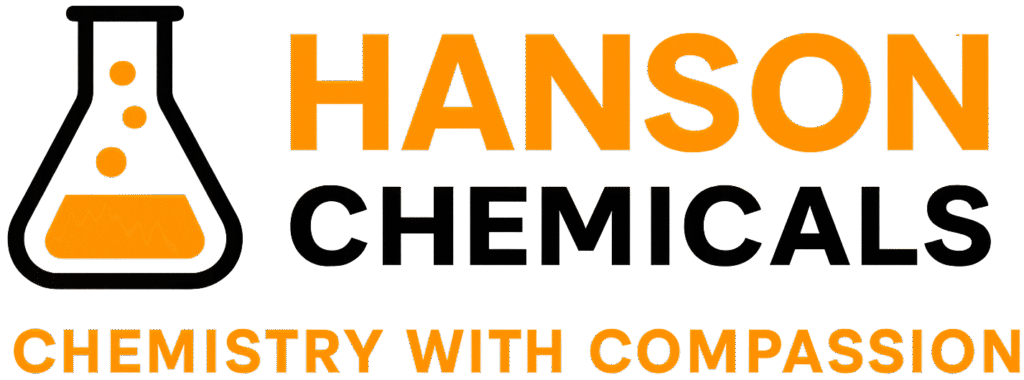Phenolic Antioxidants
| Formula: | Varies (general class of compounds; e.g., BHT – C₁₅H₂₄O, BHA – C₁₁H₁₆O₂) |
| CAS Number: | BHT – 128-37-0; BHA – 25013-16-5; TBHQ – 1948-33-0 |
| EC Number (EINECS): | Varies by compound (e.g., BHT – 202-764-5, BHA – 202-967-7) |
| HS Code: | 29142990 (for hindered phenols and derivatives) |
| UN Number: | Not classified as hazardous for transport (varies by specific antioxidant) |
| IUPAC Name: | Typically alkylated phenols (e.g., 2,6-di-tert-butyl-4-methylphenol for BHT) |
| Also Known As: | Hindered Phenols; BHT (Butylated Hydroxytoluene); BHA (Butylated Hydroxyanisole); TBHQ (Tert-Butylhydroquinone) |
| Molecular Weight, g/mol: | Depends on compound (e.g., BHT – 220.35, BHA – 180.25) |
Typical Specifications
| Appearance: | White to slightly yellow crystalline powder or flakes |
| Odor: | Mild, characteristic |
| Melting Point, °C: | BHT: 69–71; BHA: 48–63; TBHQ: 126–128 |
| Boiling Point, °C: | Decomposes before boiling |
| Density, g/cm³ (at 20°C): | ~1.05–1.06 |
| Flash Point, °C: | >110 (closed cup, varies by compound) |
| Solubility: | Insoluble in water; soluble in fats, oils, and organic solvents |
| Purity, %: | ≥99 |
| Grades Available: | Food Grade, Industrial Grade |
| Packaging: | 25kg bags, fiber drums, cartons |
Applications / Uses
Primary Applications
-
Widely used as antioxidants in polymers and plastics to prevent oxidative degradation
-
Added to lubricants and fuels to extend stability and performance
-
Essential in food industry (specific phenolics like BHT, BHA, TBHQ) to stabilize edible oils, fats, and packaged foods
Secondary Applications
-
Used in cosmetics and personal care products to protect against rancidity
-
Ingredient in adhesives, coatings, and rubbers
-
Intermediate in specialty chemicals
End Industries Served: Plastics, Polymers, Food & Beverages, Lubricants, Cosmetics, Packaging, Rubber, Adhesives, Coatings
Safety & Handling Information
Hazard Class (GHS): Generally classified as harmful or irritant depending on compound
Hazard Statements (H-Codes):
-
H315: Causes skin irritation
-
H319: Causes serious eye irritation
-
H335: May cause respiratory irritation
-
H351: Suspected of causing cancer (for some phenolic antioxidants under certain conditions)
Precautionary Statements (P-Codes):
-
P261: Avoid breathing dust/fumes
-
P280: Wear protective gloves/eye protection
-
P302 + P352: IF ON SKIN – wash with soap and water
-
P305 + P351 + P338: IF IN EYES – rinse cautiously with water, remove contact lenses if present
Storage Conditions
-
Store in tightly sealed containers, away from heat and direct sunlight
-
Protect from moisture and strong oxidizing agents
-
Keep in cool, ventilated storage areas
Transport Information
-
ADR/RID: Not classified as dangerous goods
-
IMDG: Not classified as dangerous goods
-
IATA: Not classified as dangerous goods
